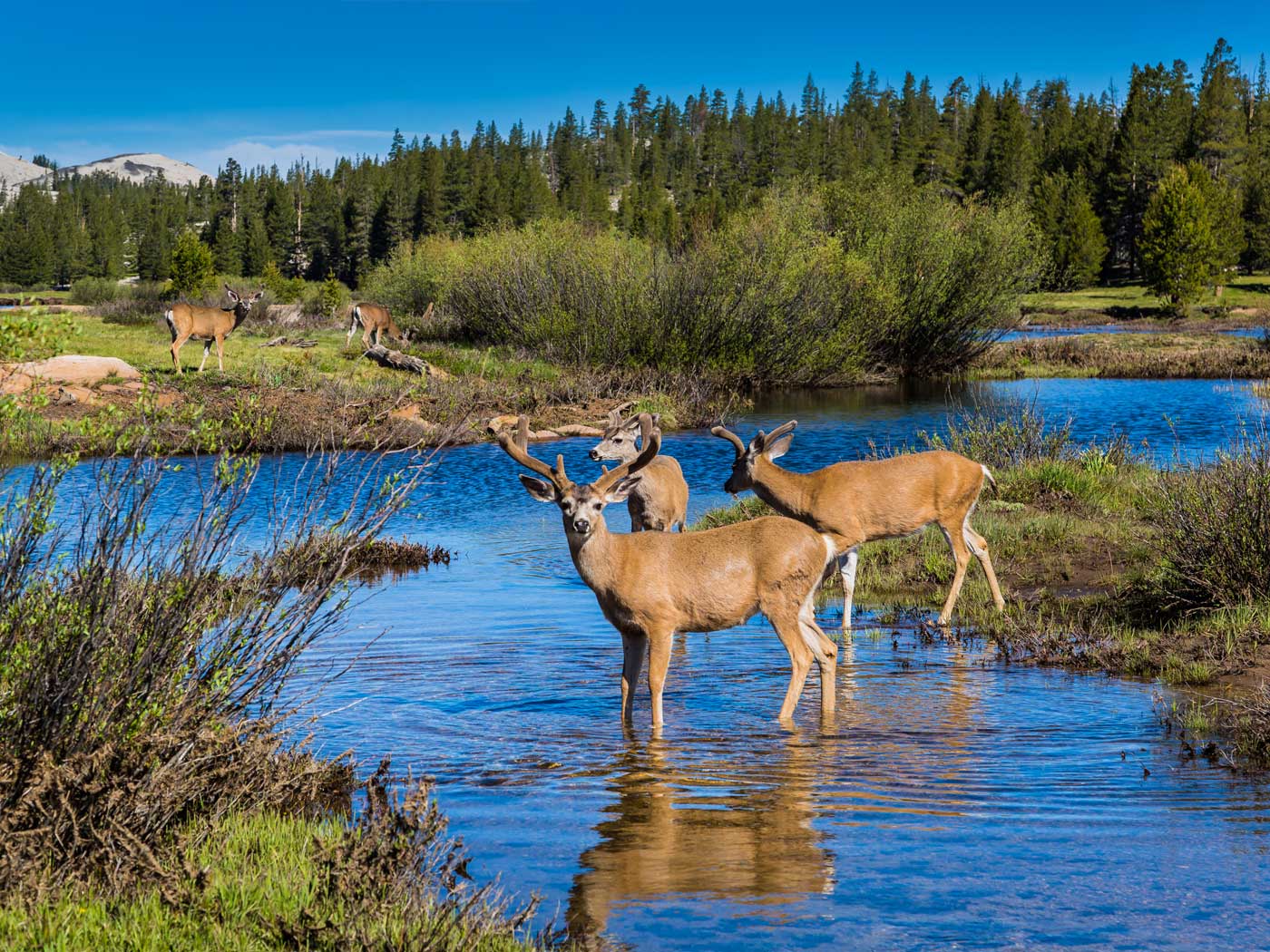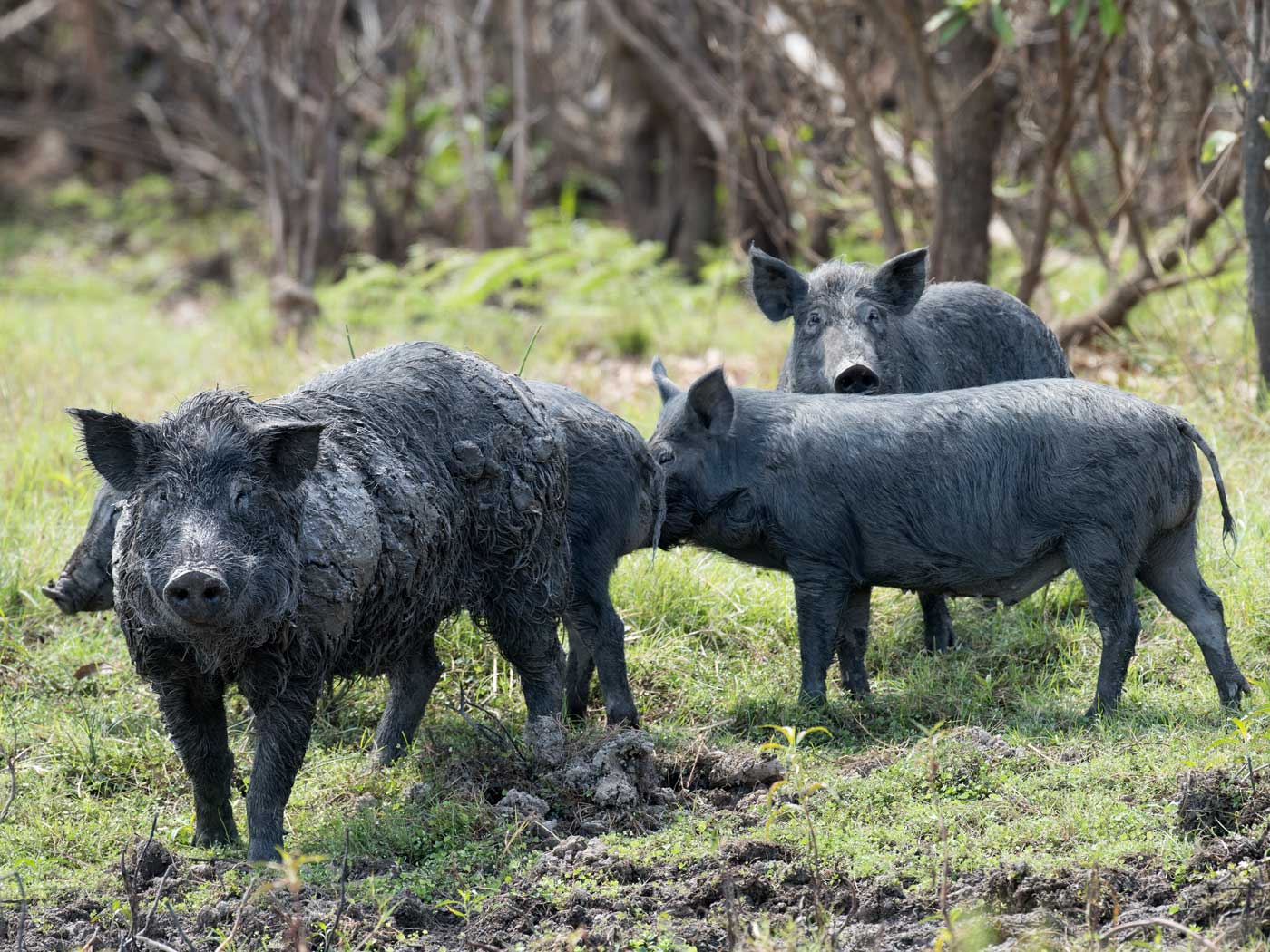"Strange as it sounds, scientists still do not know the answers to some of the most basic questions about how life on Earth evolved.."1
A well-known zoology text2 by three evolutionists reveal the limits of what is really known about the origin of animals—
Unraveling the origin of the multicellular animals (metazoans) has presented many problems for zoologists (p. 240).
... one of the most intriguing questions is the place of mesozoans in the evolutionary picture (p. 242).
The origin of the cnidarians and ctenophores [comb jellies] is obscure (p. 275).
Any ancestral or other related group that would shed a clue to the phyletic [evolutionary] relationships of the Acanthocephala is probably long since extinct
(p. 317).No truly satisfactory explanation has yet been given for the origins of metamerism [segmentation] and the coelom [a fluid-filled cavity], although the subject has stimulated much speculation and debate over the years (p. 365).
What can we infer about the common ancestor of the annelids [earthworms]? This has been the subject of a long and continuing debate (p. 365).
Controversy on phylogeny [evolution] within the Chelicerata [arthropods] also exists ... (p. 379).
The relationship of the crustaceans to other arthropods has long been a puzzle
(p. 399).The phylogentic [evolutionary] position of the lophophorates [invertebrates] has been the subject of much controversy and debate (p. 447).
Despite the excellent fossil record, the origin and early evolution of the echinoderms [sea stars] are still obscure (p. 450).
Hemichordate phylogentic [evolution] has long been puzzling (p. 476).
... zoologists have debated the question of vertebrate origins. It has been very difficult to reconstruct lines of descent because the earliest protochordates were in all probability soft-bodied creatures that stood little chance of being preserved as fossils even under the most ideal conditions (p. 485).
However, the exact phylogentic [evolutionary] position of the chordates within the animal kingdom is unclear (p. 480).
The fishes are of ancient ancestry, having descended from an unknown free-swimming protochordate [a tunicate or lancelet] ancestor (p. 499).
Let me suggest that biology majors tape this article to the inside cover of your text so you may see where science leaves off and the philosophy of macroevolution begins.
_____________________________
1. Buranyi, S. Do We Need a New Theory of Evolution? The Guardian. June 28, 2022.
2. Hickman, Roberts, and Larson, Zoology, W.C. Brown, 1997.






















